Lawnmower Maintenance and Best Mowing Practices.
Mower Maintenance.
I would like to stress the importance of maintaining your machinery. By far the most common problems I see on lawns [ and just as often on golf and bowling greens] are caused by blunt, badly set, or badly maintained machines.
Cleaning and lubricating after every use is essential as this will save you a lot of money on repairs or replacement. Sharp cutting edges on both rotaries and cylinder mowers will keep the grass much healthier, and will prolong the life of the mower by reducing the strain on the engine and bearings.
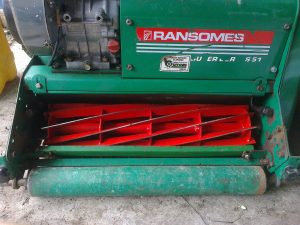
Rotary blades are easy to keep sharp using a grinder or even a file. Cylinder mowers are more difficult but the main things to take care over are ensuring the reel blades are set parallel to the bed knife, and are loose enough to turn easily with your hand(ensuring mower is switched off!), and ensuring the bed knife is the same height from the ground at both ends.
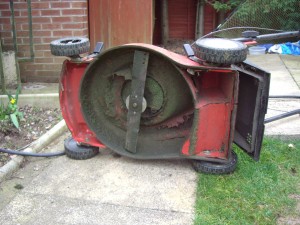
The blades and bed knife should be sharpened professionally every year, which is not a big expense, but can be kept sharp throughout the year by using fine grinding paste to back lap ( spinning the reel backwards), if the cutting edge is blunted at any time. Set the blades to just touching the bed knife, use a paint brush to rub paste on each blade, then spin backwards using an electric drill. Clean off the excess paste, then reset the blades to the bed knife.
Best operating practices.
Now that I have explained the different mowing actions I will tell you how different mowing regimes can affect the quality of the lawn.
The first decision is whether or not to box off the grass clippings. There is no doubt boxing and removing the clippings produces a much healthier surface as it is drier, more wear resistant, and produces less thatch(more of which later).
Most rotary, and all cylinder mowers, are fitted with grass collection systems so it is down to the quality of lawn you wish to have whether they are removed or not. If they are to be removed then the next problem is how to dispose of them as there can be quite considerable quantities, especially if you have a predominately ryegrass lawn.
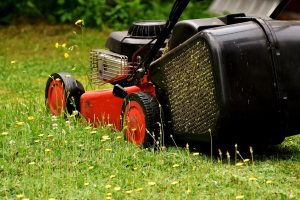
The preferred option is to compost them if you have the room, in which case have a look at my article on composting. The clippings can also be used to mulch around trees and shrub beds, helping to keep weeds at bay. The last resort should always be to dispose of them to the tip.
Leaving the clippings on the lawn surface solves the problem of disposal, and to be honest, if you only want to have a low maintenance green space then this is the way to go. The main problem is in leaving clumps of cuttings on the surface which can suffocate and kill the grass underneath. This can be avoided by not cutting in wet conditions, not easy in our climate, or by using a brush or cane to scatter the clumps after cutting.
The only time I would suggest leaving the clippings on a good quality lawn would be during drought conditions to conserve moisture, or just after applying fertiliser or conditioner, again making sure any clumps are scattered to avoid suffocation.
Any grass surface benefits greatly from varying the direction of cut. This is because if it is continuously mown in the same direction the grass blades develop a lean in that direction which is called `nap`. You should try to mow in at least four different directions on a rota basis.
To achieve the best look it is best to take two cuts round the outside first before cutting the main part of the lawn as it then gives an unbroken stripe pattern. Many people cut round the outside last to remove any debris left when turning, which is fair enough if using a rotary, but will quickly blunt a cylinder mower.
The direction does not come into play with a strimmer, but it very important to avoid damaging the turf by ensuring the cutting head is kept fairly level throughout the cutting arc.
Mowing frequency is extremely important to the quality and health of the lawn. To get the best results it is advisable not to allow the grass blades grow to any more than one and a half times the height the mower is set to cut at, as anything more than that will produce a thinner, less attractive, lawn surface.
This is because grass that is cut regularly at or below this growth rate will grow thicker and stronger through producing more lateral growth ( stolons and tillers ), which then produce new leaf and root growth along their length.
The growth rate will depend very much on many factors including type of soil, weather, temperature, grass types, fertiliser applications, and time of year, so mowing frequency will vary accordingly. Generally, the lower the lawn is being cut, the more often it has to be cut to keep it tidy.
This is why golf courses and bowling clubs mow their greens at least every second day, with most now even mowing every day. However, if you are not aiming for golf green quality, then the following is a guide to help you judge how often you should be getting the mower out.
A high quality lawn in good growing conditions should be cut every second day using a cylinder mower with a minimum of six blades on the reel, set at a cutting height of eight to twelve mil, depending on how level the lawn surface is as scalping will occur if it is uneven.
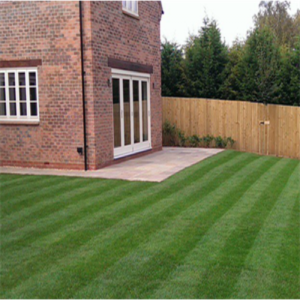
The frequency should be reduced in drought conditions, depending on water availability, to every three days, or even less if limited or no water is available. Do not put the mower away for the winter as you will need to give the lawn a trim during any mild spells to keep it tidy. To do this the cutting height should be raised by two to three mil.
A good quality lawn in good growing conditions can be cut with either a high speed rotary mower, speed of rotation that is, preferably with a roller fitted, or a cylinder mower with at least six blades on the reel.
The mower should be set at a cutting height of between twelve to twenty mil, and the lawn cut twice per week, going down to once per week in drought conditions. The rest as in the high quality lawn.
For the average lawn you can use either a cylinder mower with four blades or more, or a rotary mower. In good growing conditions mowing once per week at a cutting height of between sixteen to twenty four mils will normally suffice, but this will vary, depending again on the vagaries of the weather, and the roughness of the ground.
If all you want is a decent looking green space then a lightweight strimmer is really all that is required, and mowing intervals are down to how tidy, or untidy, a lawn you are prepared to put up with.


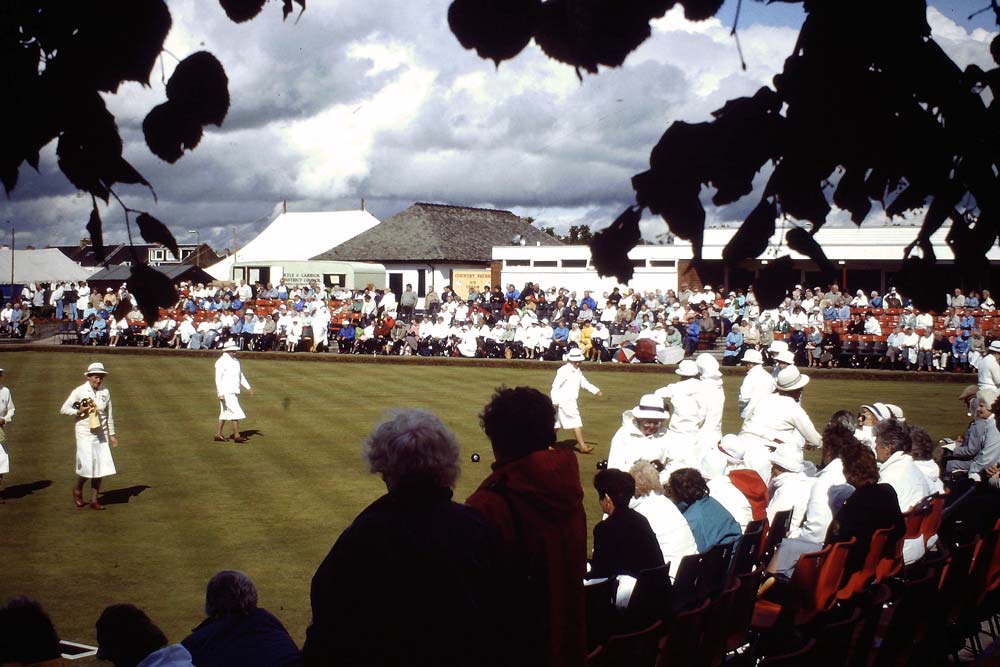
I appreciate your tip when you told us to consider mowing in at least four different directions on a rota basis if we want better results and to avoid developing a lean. I need to get one of my properties cleared of weeds before I proceed with the construction of my vacation home soon. I’ll be sure to take note of what you said while I get an excavation company for brush mowing services soon.